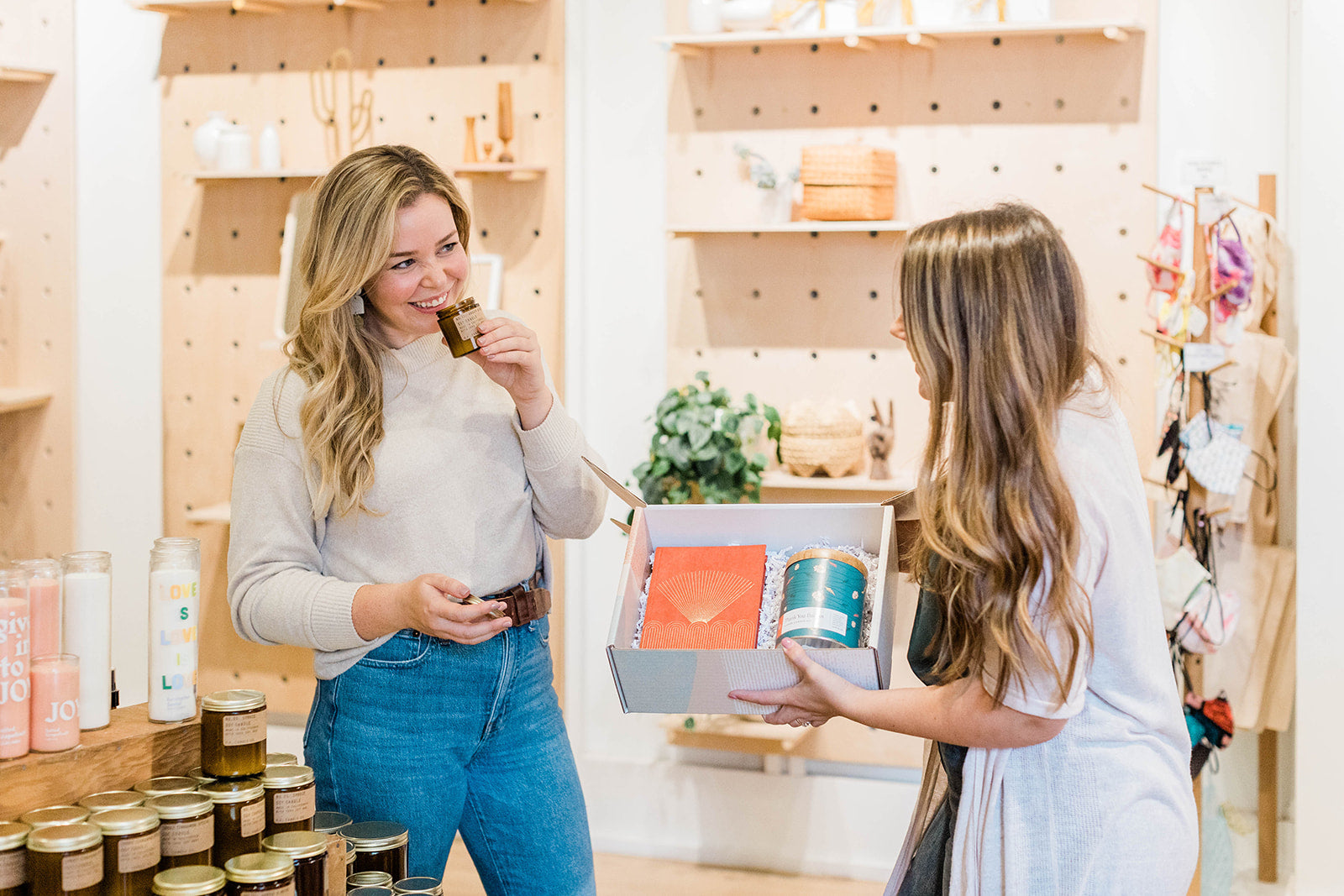
How To Market To and Convert Wholesale Sales With Shop Buyers
"What marketing outreach did you find to be the most likely to catch your attention and convert a sale? Trade shows, discounts, mailers, samples, email?"
If you're a small business owner, maker, or artist, you know the hustle of getting your products into stores.
Trust me, I'm right there with you. We wholesale our in-house line, so I'm also sending emails and getting ignored a lot! Buyers are getting a lotttttt of inquiries.
But I am lucky to have five years of experience as a buyer for two brick & mortar shops, so I have a two-sided perspective on how to get their attention.
Understanding Retail Buyers
Before we get into the nitty-gritty, it's essential to remember that retail buyers are human beings with their own preferences. What works for one buyer may not work for another! This is what works best for me and my shop.
More often than not, buyers for small shops are an owner or long-time manager. Big box stores are a different beast! The sales journey differs, but their main commonality: they are looking for products that'll generate profit for their store.
Using these tactics doesn't guarantee an order. Buying decisions have so many variables such as timing, budget, seasonality, current stock, shelf space, BUDGET 💸, relationships, contracts, trends, etc. I can’t stress this enough - it’s not personal!
The Best Ways to Contact Retail Buyers, Ranked Best to Worst
Here are the most effective ways to catch a retail buyer's attention and potentially get your product into stores:
1. Personalized Emails
The second thing all buyers have in common? Busy inboxes. However, email is still the best marketing tactic!
When you're approaching independent shops, there's no reason to not tailor your message. Check their website and social media platforms! You're already hunting down an email address. Typically, you can also find the owner or buyer's name.
Mention something specific about their shop or products to show that you've done your research and are genuinely interested in working with them. Even better, add visuals with specific SKUs that fit their inventory mix.
2. Sending Samples
Sending samples allows buyers to experience your product firsthand! This is particularly effective for products with important physical qualities, like paper weight or scents.
I love snail mail. I own a stationery business! A beautiful mailer gets me excited. I'll probably save it or post it on Instagram. But it has to meet other criteria for me to place an order, so be selective with what you give away.
Samples can get costly, so ensure your product is an excellent fit before sending it. You can even email first to ask if a buyer would like a sample to save yourself some time and money.
3. Postcards & Catalogs
Again: I LOVE SNAIL MAIL. We kept all the cute cards and stickers we got. Catalogs are fun and I felt guilty throwing them away, but I did my shopping online or at shows. Meanwhile, those postcards and catalogs were sitting by our cash wrap where my employees opened the mail.
A thoughtful mailer is more or less like a follow-up email or commenting on social media - it'll make your brand name stickier, but may not mean the difference in a conversion.
4. Generic Emails
While not as effective as personalized emails, generic emails can still work if they're well-crafted and to the point. Following up is a MUST. More than once is okay and often necessary!
5. Instagram DMs
Instagram DMs pile up fast, and we have to prioritize messages from customers. It's too easy to lose a pitch, whereas emails can be sorted into folders for browsing later.
Genuine, thoughtful social media engagement, however, is a great way to stay top of mind for a small shop!
6. Discounts
While initiatives like Faire's "free returns" offer is a compelling incentive for bringing in new vendors, that's not usually feasible for makers operating independently.
Same goes for discounts! While a markdown might prompt me to order more from a vendor I already work with, it wouldn't be enough to sell me on a new vendor that I was on the fence about. The better margins might be appealing for that one opening order, but wholesale is about longevity - you want buyers that commit to your line!
7. Calling the Store
See below. Same principle!
Plus, when we're on the floor, the customer or employee in front of us is first priority.
8. Dropping by Unannounced
This is generally a bad idea. It's awkward. It's overwhelming. I dreaded it happening.
Most indie shop buyers wear many hats. You're not likely to catch them at the best time, whereas they can read your email with their "buyer's hat" on. It’s better to discreetly drop off samples without asking for a conversation on the spot, or scheduling a meeting.
Events and Trade Shows
I didn't rank trade shows above because they're not accessible for everyone. But when you're ready, they are excellent opportunities to get in front of retail buyers! Paper Camp is a fantastic resource for learning the ins and outs of these events (I've participated and am lucky enough to be a coach for the 44th round!)
Local art markets are a great way to test the waters. I love attending markets when I travel to seek out vendors that don't have a broad online presence! These are geared more towards "direct to consumer" sales, but you never know when a shop buyer is browsing! And you can learn a TON about how people shop your product by doing markets, even if wholesale is your end goal.
Sales Reps
Another option I didn't rank is sales reps because I have minimal exposure. When we opened our shop in Tucson...sales reps just did not reach out to us. We started getting emails from them after attending trade shows, but even after five years we only worked with one rep. It was her job to email us our order confirmations, we still placed orders via an online portal.
I've heard from other sellers that they're effective, and old school buyers may even prefer to work with reps, but platforms like Faire have fully disrupted this industry.
Final Thoughts
In short - please I’m begging you don’t bring your beloved product into the shop and ask if we want to buy it on the spot it’s a waking nightmare thank you so much 🙏
I kid, of course. But by focusing on the first few outreach tactics, you’ll be better positioned to catch a retail buyer’s attention and potentially convert that all-important sale.
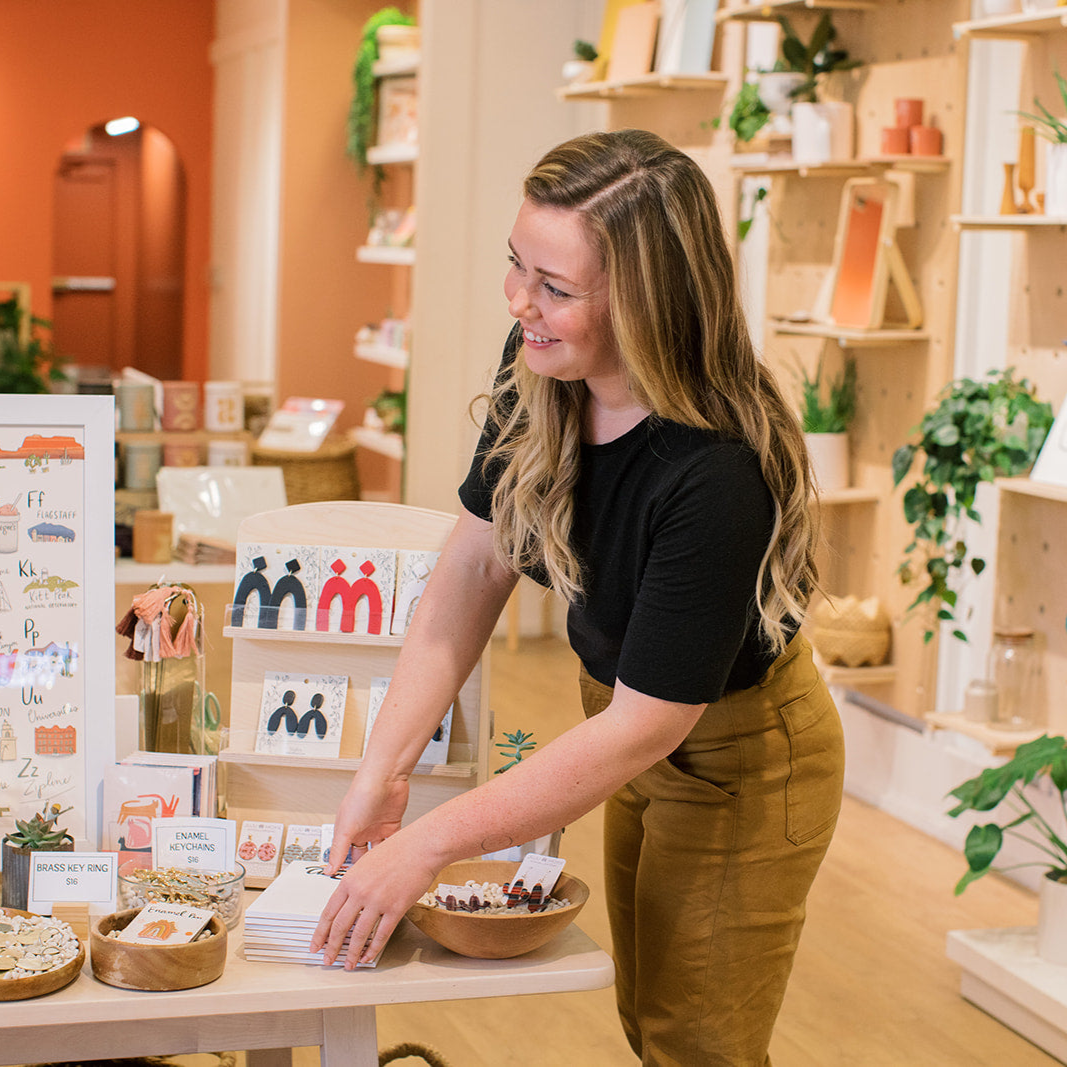
Meet the Author
Hi, I'm Theresa! I own Creative Kind, a paper goods company, and "daylight" as a customer experience consultant for global organizations. After nine years in business and operating two successful brick & mortar shops, I started this blog to share my knowledge on running an indie retail business.
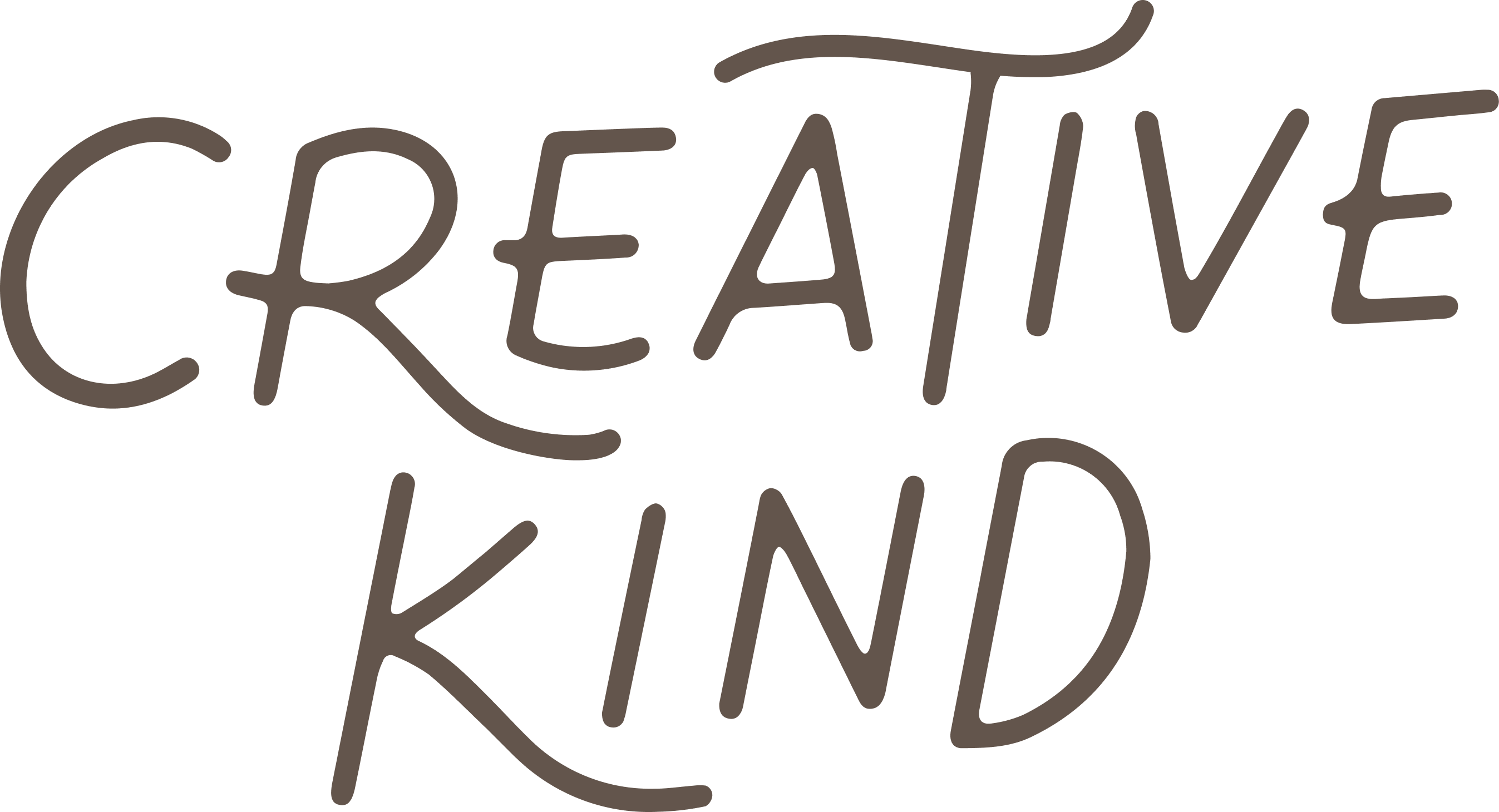
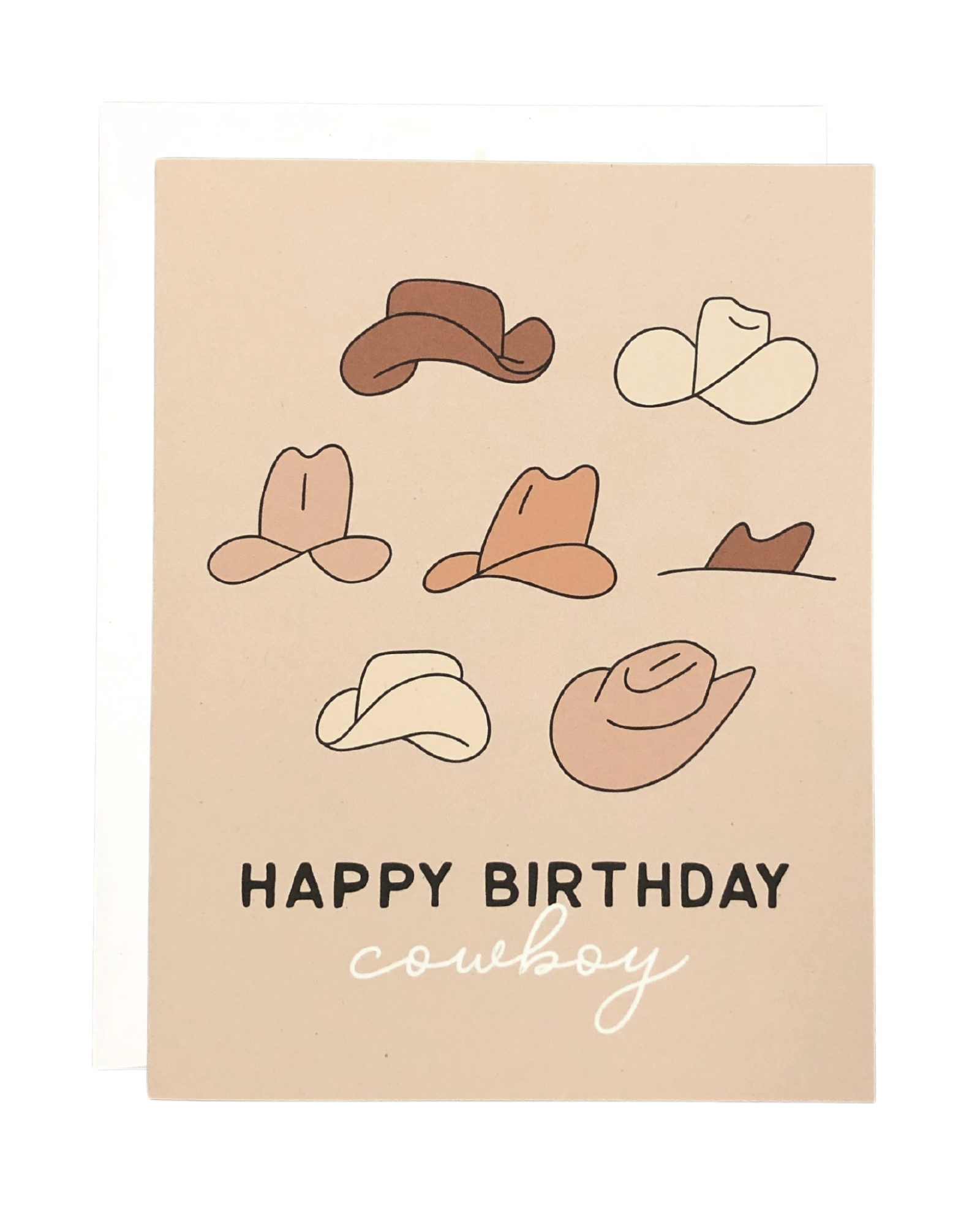
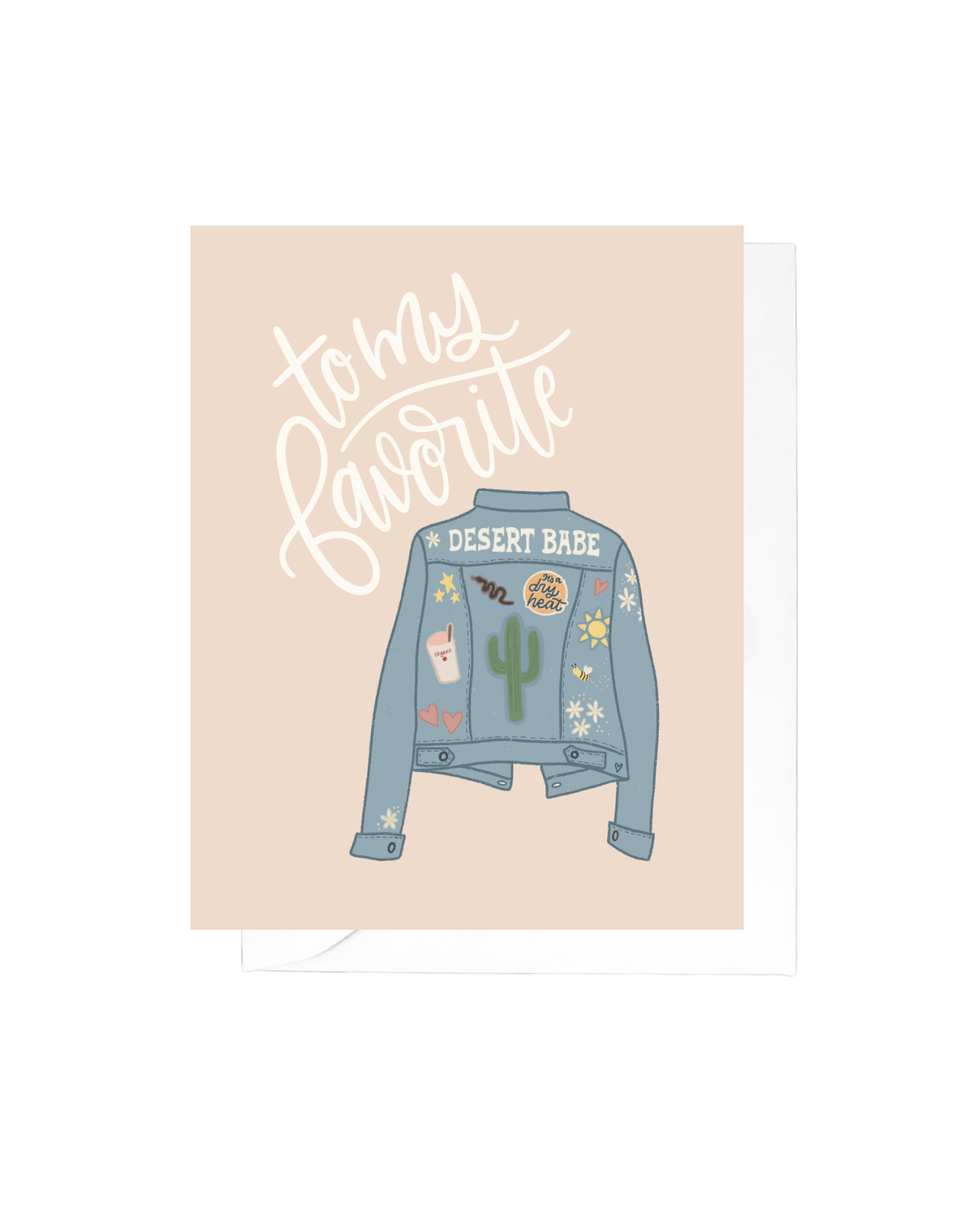

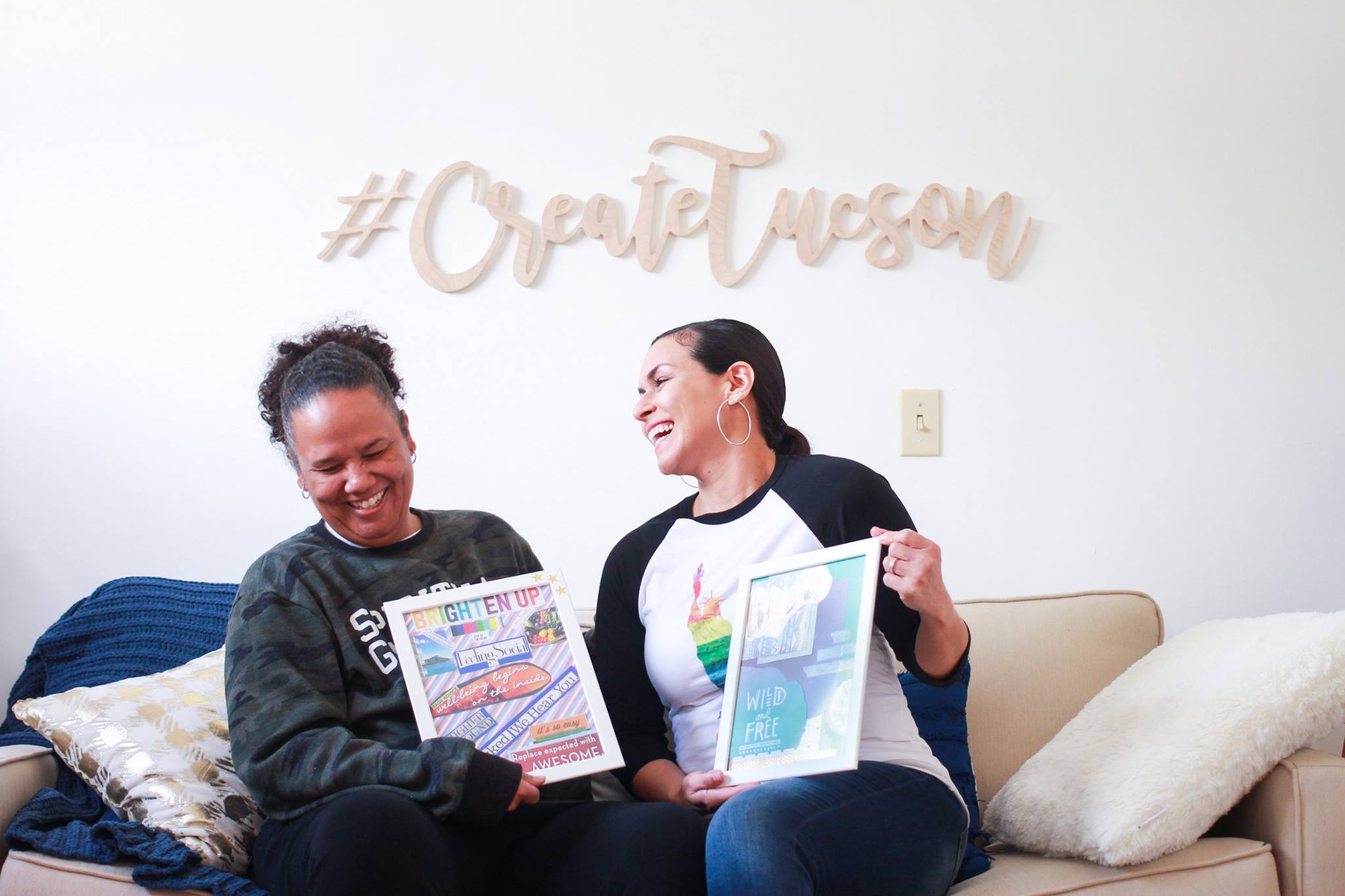
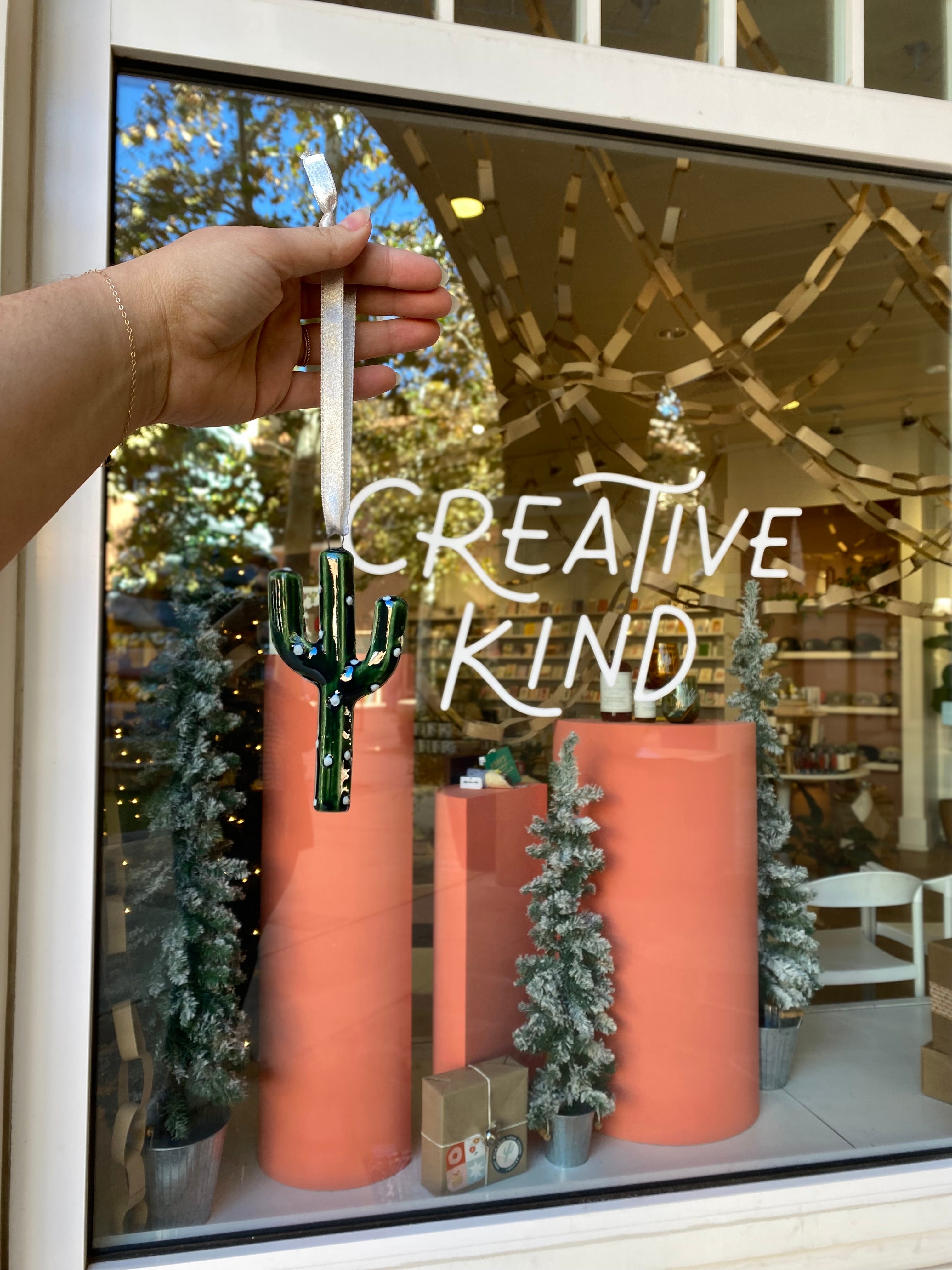
Leave a comment
This site is protected by hCaptcha and the hCaptcha Privacy Policy and Terms of Service apply.